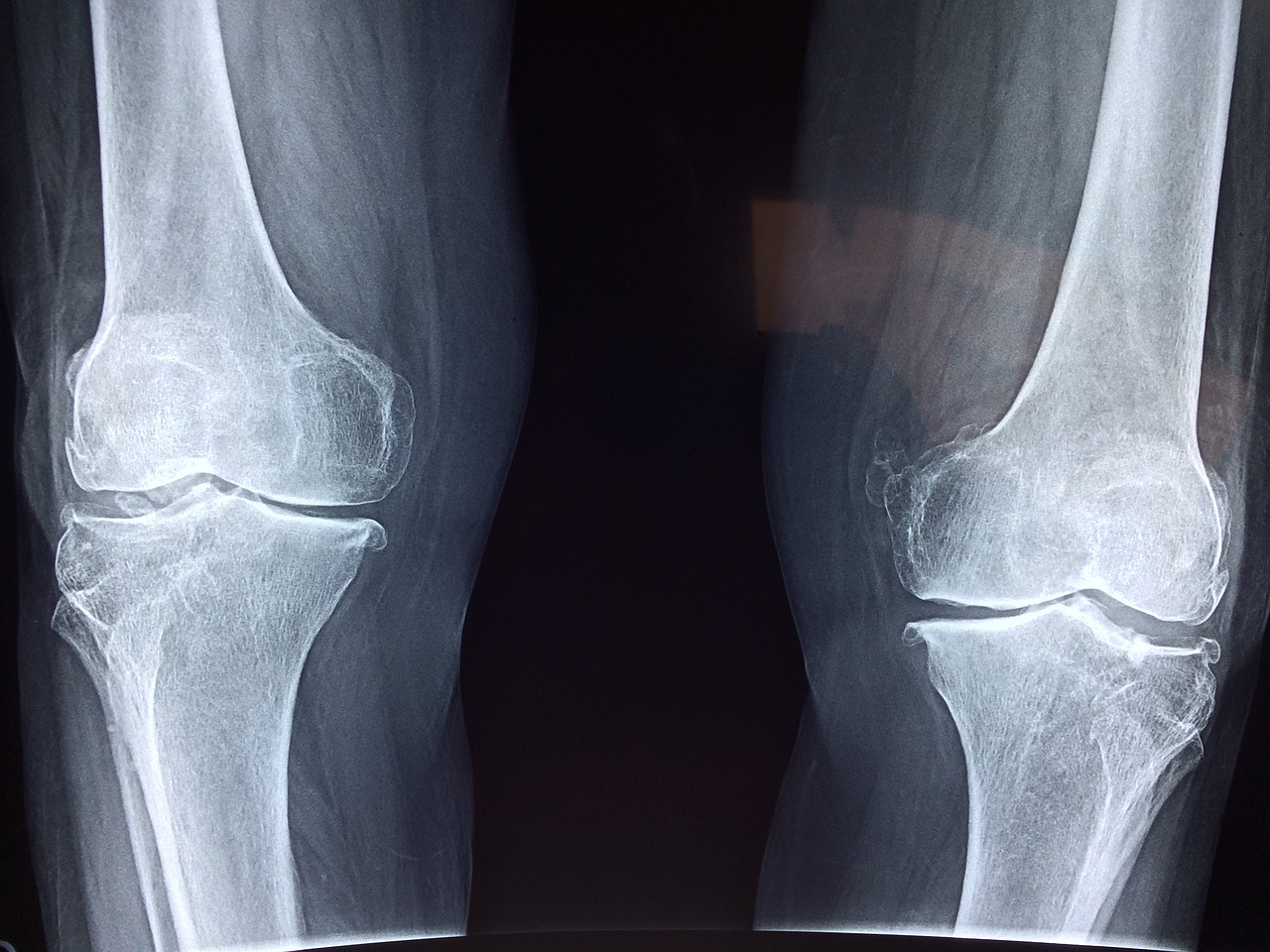Article Title:Sexual differences in life-history traits in the butterfly Lycaena tityrus:: a comparison between direct and diapause development
Abstract:
During direct development the butterfly Lycaena tityrus was previously found to display sex-related reaction norms in response to temperature. Based on selection for protandry in males and fecundity selection for larger females, males favoured early emergence over large size, leading to a dramatic weight loss at higher temperatures, whereas females maintained similar weights throughout, Because males were able to avoid a weight reduction relative to females in spite of their shorter development at lower temperatures, sexual size dimorphism existed at higher temperatures only. In the present paper we compare sexual differences in life-history traits in L. tityrus between direct and diapause development at 25 degreesC. We demonstrate that, regardless of developmental pathway, protandry persisted and relative sexual size dimorphism, with females being larger, remained unchanged. Although diapausing individuals were less time-constrained, allowing them to grow to considerably higher final weights in both sexes, males were not able to reduce their weight loss relative to females. This is explained by the pressure to gain a developmental advantage solely during post-diapause development, whereas direct developing males may spread the burden over the whole larval period. Our results highlight the importance of considering sexual differences in selective pressures. which may influence central life-history traits in manifold ways.
Keywords: life history; developmental pathway; sexual size dimorphism; protandry; Lepidoptera
DOI: 10.1046/j.1570-7458.2001.00879.x
Source:ENTOMOLOGIA EXPERIMENTALIS ET APPLICATA
Welcome to correct the error, please contact email: humanisticspider@gmail.com



